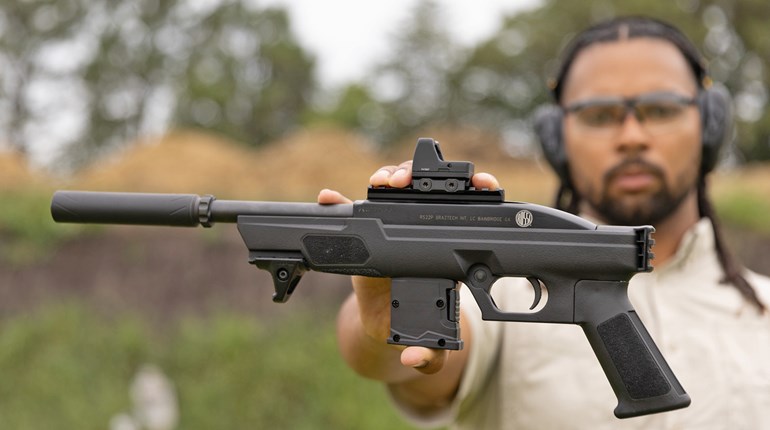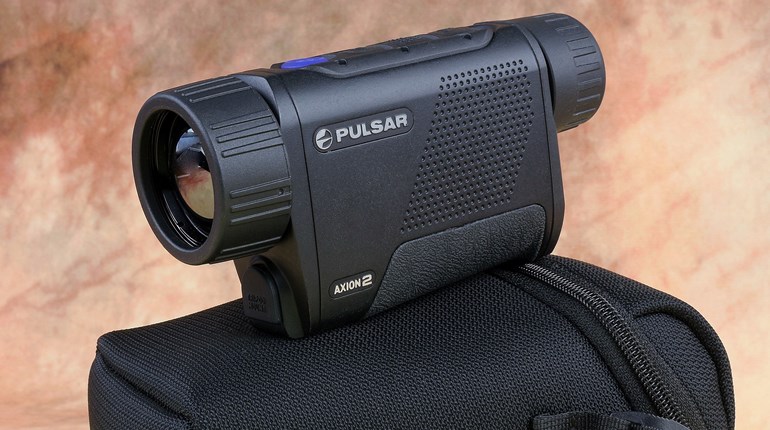
In the world of professional firearms training—whether for military, law enforcement, protective services, competitive shooting or civilian defense—one concept stands above all others in the pursuit of superior marksmanship: alignment.
While marksmanship is often broken down into foundational components like positive grip, hold control, trigger control and follow-through, none of these can yield effective results without proper visual alignment. It is the bedrock upon which precision is built.
What is alignment? At its core, alignment refers to the correct geometric positioning of the muzzle (barrel direction) with the point-of-aim aligned with the intended point-of impact on the target. This is not just a mechanical process, it’s a visual process requiring relevant environmental input from the shooter’s eyes and cognitive skills processed in real time under dynamic conditions.
More Than Just Pointing A Pistol
Alignment is more than simply pointing the gun. It’s about ensuring that the axis of the bore intersects the line of sight, such that the bullet’s trajectory meets the intended point-of-impact, compensating for height-over-bore, distance and any angular variances. This is achieved differently depending on whether the shooter is using iron sights or a mounted optic, but the principle remains identical: the gun must be aligned in space through the visual system with the target.
Alignment is not a one-time event—it is a continuous process. From the moment the firearm is presented to the eye-line until the trigger breaks and recoil occurs, the shooter is in a dynamic loop of aligning, confirming, correcting and re-aligning.
Visual alignment begins with target identification. Is it a shoot/no-shoot target. If it is, then visual input of critical target information such as distance, size, movement, penalty for a miss, etc., is cognitively processed to determine the technicality of the shot, the target difficulty and it’s shooting solution. All of this is derived from the initial environmental visual scan.
Bringing the firearm to bear up on target introduces a subcomponent of visual alignment the moment the gun enters your peripheral vision. Here you are focusing squarely on the target, but are visually aware of this “intrusion” into your periphery.
Next the sighting system moves from visual periphery to your field of vision proper where it is superimposed upon the intended target area. Here is where the autonomic visual alignment process begins to connect your line-of-sight with the sighting system (irons or optics) and the aimpoint or visual center of the intended target area. A common alignment aid at this stage in the process is to focus on a most refined area—as the expression goes, “aim small miss small.”
This visual connection (line-of-sight, sighting system and aimpoint) is only half the battle. Confirmation of that alignment—the internal assurance (cognitive confirmation) that the muzzle is indeed pointed where it should be—is what allows the shooter to confidently break the shot.
There are two layers to this process:
Conscious Confirmation (Entry to Intermediate Level)
At this stage, the shooter visually confirms alignment through deliberate analysis:
- Are the sights in fact aligned?
- Is this an acceptable arc-of-wobble?
- Is this a good enough sight picture for this distance?
This is an active, often time-consuming process that leads to slower shooting but higher initial consistency. It is essential during training to engrain alignment mechanics.
Subconscious Confirmation (Advanced/Reflexive)
Through high-repetition, high-intensity training, shooters develop the ability to confirm alignment subconsciously. The brain internalizes the visual signature of “correct alignment” and knows instantly—without thought—when the sight picture is correct. This frees up cognitive resources for:
- Situational awareness
- Decision-making under duress
- Movement, transitions, and multi-target engagement
This is the terminal objective of visual alignment training: the ability to instantly and accurately confirm alignment through refined visual processing and subconscious recognition.
Things Can Go Wrong
Even a perfectly aligned shot can miss if alignment breaks during the trigger press. Alignment is not a snapshot: it’s a sustained action. This is especially relevant in defensive scenarios or dynamic competition shooting, where alignment must be rapidly acquired, maintained and confirmed in motion.
Alignment is a continual process. Key factors influencing continuous alignment include:
- Durable grip pressure
- Fire control (without disturbing muzzle alignment)
- Visual anchoring during shot breaks and transitions
- Recoil recovery and re-acquisition of the visual reference
Every time the firearm moves—even microscopically—alignment must be reasserted, re-verified, either through front sight re-check or dot stability.
Effective visual alignment training includes:
- Slow-fire drills (deliberate alignment and confirmation)
- Dry-fire practice (repetition without recoil)
- Dot-tracking drills (for optics users)
- Sight-deviation analysis (understanding acceptable sight picture)
- Recoil management (retaining visual reference during and after shot)
Each rep reinforces the principle that alignment is the gateway to accuracy, and that the eyes—not just the hands—must be trained as the primary alignment system.
No matter the platform or purpose—iron sights or optics, paper or steel targets or real-world threats—visual alignment remains the critical skill. It is the link between the shooter’s perception and the bullet’s destination.
Through intentional training, shooters can skill-evolve from conscious alignment to subconscious precision, where visual alignment becomes fluid under stress.





































